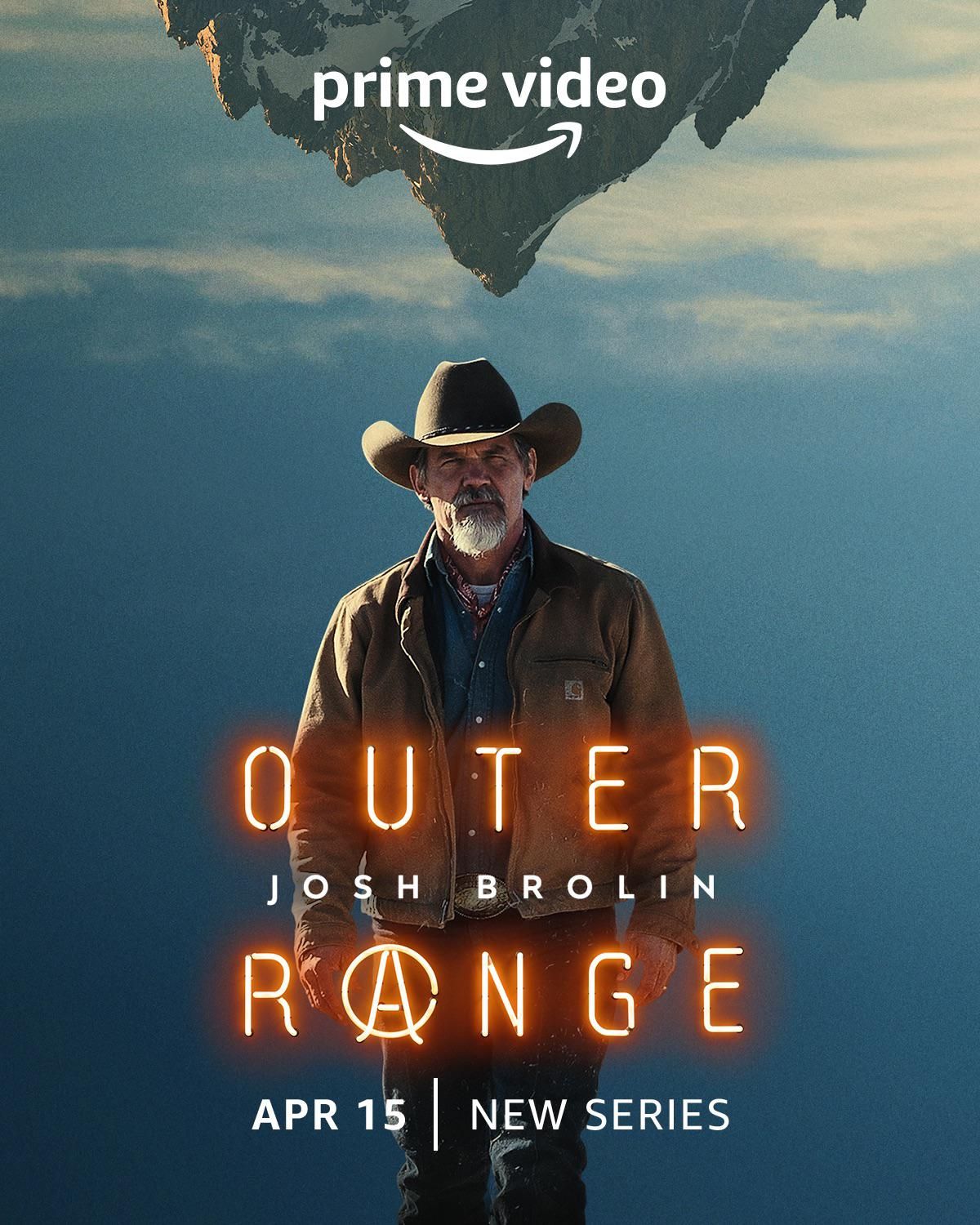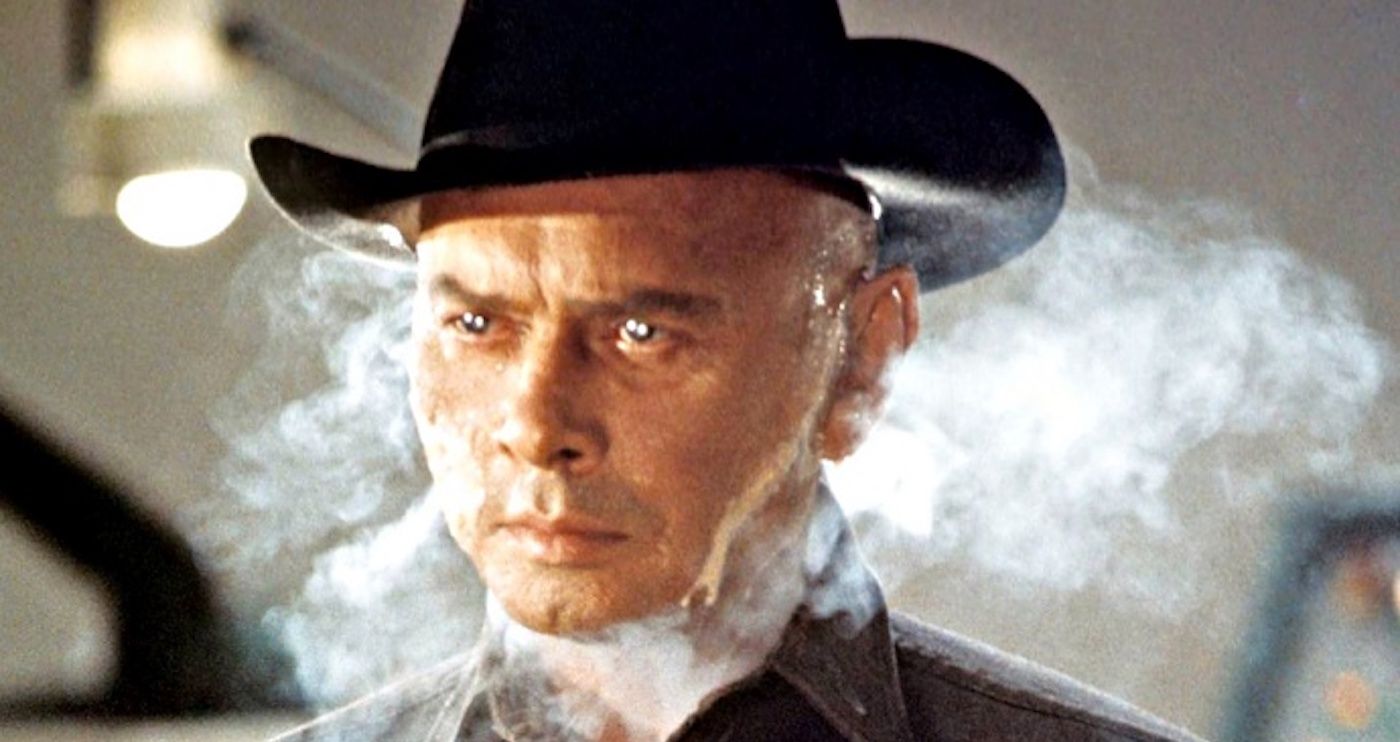This neo-Western series should be the tip of the iceberg.
The Big Picture
- Weird Westerns combine elements of the Old West with sci-fi, horror, and fantasy for fresh storytelling.
-
Outer Range
blends traditional Western themes with a mysterious sci-fi twist, setting a bar for the genre. - Embracing the “Weird Western” genre can open doors to deeper philosophical conversations that are not common in classic Westerns.
What makes a Western? Is it the wide, open spaces that cowboys ride through on their way to catch outlaws and gunslingers? Is it the lone lawman who stands up to corruption in his small, desert town? Whatever it is that makes a horse opera a horse opera, we know it when we see it, and that’s part of the genre’s trademark charm. But as the Western returns to prominence, both on television and the big screen, it’s become clear that we need more than just the traditional Western (or the neo-Western) to keep the genre fresh and exciting. In 2022, Prime Video dropped Outer Range, a Josh Brolin-led series that expertly combines the neo-Western with a science-fiction mystery that has yet to be fully revealed. While Outer Range—which is set to return this month—isn’t the first “Weird Western” out there, it’s a clear example that this oft-forgotten subgenre needs to return.

Outer Range
A rancher fighting for his land and family discovers an unfathomable mystery at the edge of Wyoming’s wilderness.
- Release Date
- April 15, 2022
- Creator
- Brian Watkins
- Cast
- Josh Brolin , Lili Taylor , Tamara Podemski
- Seasons
- 2
What Is a “Weird Western”?
To understand exactly what a Weird Western is, we must first understand what it isn’t. Weird Westerns are not Space Westerns, such as Firefly or The Mandalorian. They’re still (generally) set on Earth, and often still harken back to the Old West period between the 1860s and the 1890s. They may incorporate elements from space-centered sci-fi, such as aliens, UFOS, etc., but they usually remain in our world. The term “Weird Western” (as well as “Weird West”) derives from a 1970s DC Comics series titled Weird Western Tales, an anthology book that crossed Western stories with fantasy, horror, and science fiction. This wasn’t the first batch of DC Comics Westerns, but this series did introduce popular characters like Jonah Hex, Scalphunter, and Cinnamon. Additionally, the comic series served as the basis for the Justice League Unlimited episode “The Once and Future Thing Part One: Weird Western Tales.”
Of course, there were plenty of crossovers between the Western and other genres long before DC Comics published their Weird Western Tales series. B-pictures such as the 1930s film Riders of the Whistling Skull or the 1959 feature Curse of the Undead were no strangers to crossing between genres, and Marvel Comics even invented their time-traveling Western hero, the Colt Kid, back in the late 1940s. And let’s not forget about The Twilight Zone, which boasted Weird Westerns of its own throughout the mid-’60s, such as the Season 3 ghost story “The Grave,”the time-warping “A Hundred Yards Over the Rim,” and the Hollywood/afterlife crossover “Showdown with Rance McGrew” (all excellent episodes, by the way). Weird Westerns exist in every medium, from radio and television to movies and novels. Even famed Western author Louis L’Amour wrote his own Weird Western with The Haunted Mesa, which chronicled the history behind the disappearance of the Anasazi.
Perhaps more notable additions to the Weird West canon would include Clint Eastwood films like High Plains Drifter and Pale Rider, the original Michael Crichton film Westworld (and the series it later spawned), the time-traveling Back to the Future Part III, Cowboys & Aliens (itself based on a vastly superior graphic novel), and even the horror Western Bone Tomahawk. We could even throw Josh Brolin’s Jonah Hex in there, although the character has plenty of more challenging DC Comics stories than that one. Contemporary television productions such as Preacher, Wynonna Earp, and even Supernatural all follow or reference the Weird West tradition, albeit in varying capacities, adding supernatural, scientific, and otherworldly elements to the genre.
Weird Westerns Refresh and Reframe the Genre
What’s great about the Weird Western is how, well, weird they can be. The high strangeness of these tales can take the usual Western conventions and flip them on their head. An otherwise respectable lawman might cower at the sight of an unknown opponent, perhaps a vampire or a werewolf, and be forced to overcome these fears. An outlaw might be on the run from his personal demons, which may happen to be more real than he originally believed. Of course, adding aliens, robots, cyborgs, mutants, and other wild creatures to the mythic West brings a level of spectacle and excitement as well, and these strange stories can even serve as a gateway for audiences not usually interested in traditional or classic Westerns. As such, they delight audiences with unconventional questions that aren’t often asked in this particular genre, and can open the door to deeper spiritual, supernatural, or philosophical notions than the Western usually sustains on its own.
One clear example of how this can be done is in the original Red Dead Redemption video game. Now, Red Dead isn’t itself a Weird Western — it’s very traditional in the way it throws John Marston (Rob Wiethoff) into the fray — but the same year Rockstar Games released the original tale, they also dropped Red Dead Redemption: Undead Nightmare. In this non-canonical edition, John is forced to deal with hordes of zombies as he searches for a cure for his family’s own undead infection. Just by simply adding the zombie factor, the world of Red Dead turns into something more dark, twisted, and spooky than before. John is forced to come to terms with his own mortality in a new way, and the stakes are heightened as he does everything in his power to save his kin. The original game’s sequel, Red Dead Redemption II, likewise features many Weird Western elements, namely in the form of UFOs, dark demonic sigils, a supposed vampire, and the potential for giants and time travel. These components gave players something exciting to search after and further expanded the world beyond its initial borders.
Of course, the most famous (and possibly the most important) example of the Weird Western comes from the aforementioned Westworld. The original 1973 film starred The Magnificent Seven leading man Yul Brynner and was staged in modern times within a Wild West-themed amusement park—with androids playing the parts of Old West gunslingers, cowboys, and the like. The multi-season HBO re-imagining only continued this concept, adding more explicit philosophical implications that ask common science-fiction questions amid a traditional Western backdrop. Considering how popular the Westworld series was upon its initial release, it seems that there’s a solid audience out there just waiting for more Weird Westerns to arrive. After all, these highly experimental and often exploitive tales take everything we absolutely love about the Western and try to do something new with it, and what more could we ask for than that?
‘Outer Range’ Is an Excellent Weird Western, But We Need More
As shows like Yellowstone continue to appear, revisiting the American West in a modern setting, it’s clear that the neo-Western is here to stay—at least for now. Because of the popularity of the Paramount series, and others such as Longmire, Justified, and Walker, Prime Video decided to venture into the modern West themselves. Only, the streaming giant was smart to add additional genre components to their tale, making Outer Range a Weird Western from the get-go. What’s compelling about a show like Outer Range is that, just like the characters, none of us fully understand what’s going on. There’s this giant black hole in the ground that acts as a mysterious portal through time, yet it never seems to work the same way more than once. The dust, dirt, and oil beneath the Abbott family ranch have mystical properties that induce visions and other time-altering states, and there’s even more mystery than that.
Outer Range is a perfect example of everything the Weird Western should be. The series feels more akin to Yellowstone, following a ranching family as they fight to preserve their way of life amid a land grab by a greedy neighbor. But all of that changes the second the weirdness involving the west pasture and the sudden appearance of Imogen Poots‘s character are introduced. From then on, anything seems possible within this Weird West narrative, and Outer Range stretches the limits of what we believe could happen in the modern American West. Mountains straight-up disappear, Native Americans travel through time, and cults are formed with the thought that one can control the future by returning to the past. It’s a fascinating concept and one that works best against the traditional Wyoming setting seen here. If the Weird Western is to not just survive but thrive, then Hollywood must learn from the success of Outer Range, Westworld, and others.
This is exactly the strength and the appeal of the Weird Western. This fantastical subgenre aims to make us wonder, question, and discover new and old truths that we never thought we could know. Sure, revisiting the Western genre in any capacity is a treat, but Weird Westerns in particular can also be the gateway for deeper conversations about life, death, and eternity. After two years, audiences are thrilled to see Outer Range return for more, especially in the wake of all the unanswered questions we still have. Hopefully, this will mark a revival of the Weird Western — not just in literature or comic books where it thrives, but on television and the big screen as well.
Outer Range returns for its second season on May 16 on Prime Video.
Watch on Prime Video
This article was originally published on collider.com



